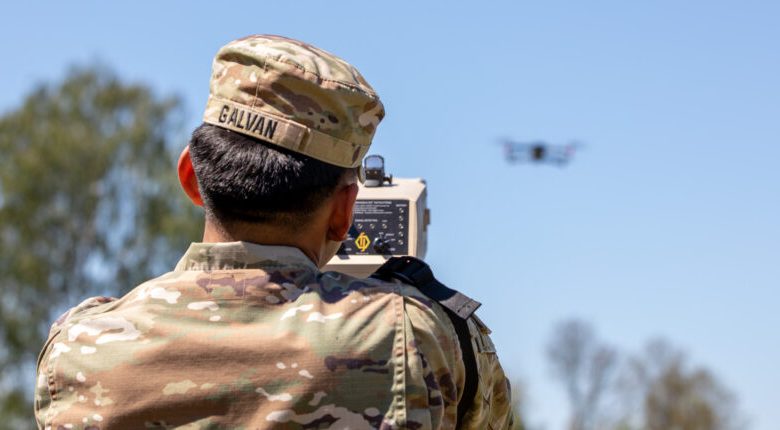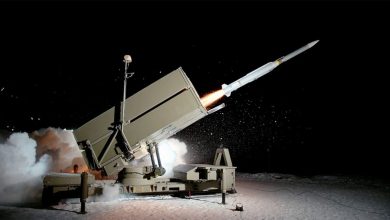US Sets Up Interservice Task Force to Power Up Drone Defenses

The task force will coordinate rapid tech solutions across branches, tackling airborne threats with streamlined strategies, funding, and interagency cooperation.
The Pentagon is standing up a joint interservice task force to speed up the development of counter-drone technology, with the army taking the lead.
The move comes amid a sharp rise in drone attacks on US forces in the Middle East and is meant to pull together scattered efforts across all services into one focused, coordinated push.
Army Vice Chief of Staff Gen. James Mingus compared today’s drone threat to the improvised explosive device (IED) crisis of the 2000s, which led to the creation of the Joint IED Defeat Organization. That group was known for quickly fielding mine-resistant vehicles and other gear to protect troops in tough combat zones.
“We need an organization that is joint, interagency, has authorities, a colorless pot of money, and the authorities to go after, from requirements all the way through acquisition in a rapid way to be able to keep pace with that,” Mingus stated.
“If it’s a piece of technology that moves faster than the traditional budgetary cycle, we need to look at how we make agility and agile funding part of how we do this,” he added.
All military branches reportedly back the move, though it still needs congressional approval to unlock flexible funding for counter-drone, drone, and electronic warfare projects.
‘Gaps’ in US Defenses
Drone and missile attacks on US forces have increased over the past 18 months, killing at least three Americans and injuring dozens more.
US Navy ships near Yemen have also been targeted by waves of low-cost drones launched by Iran-backed Houthi militants, intercepting many in mid-air.
The bigger issue? These attacks have revealed a growing cost imbalance.
A $2,000 drone can reportedly trigger the use of a $4 million Patriot or $2 million SM-6 missile, an expensive trade-off that could put long-term strain on US defense budgets.
Former Pentagon acquisition chief William LaPlante has warned that current counter-drone systems are becoming too expensive and called for a shift toward more affordable and scalable solutions.





